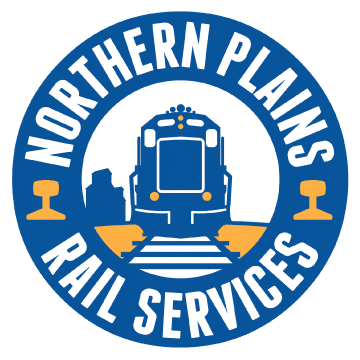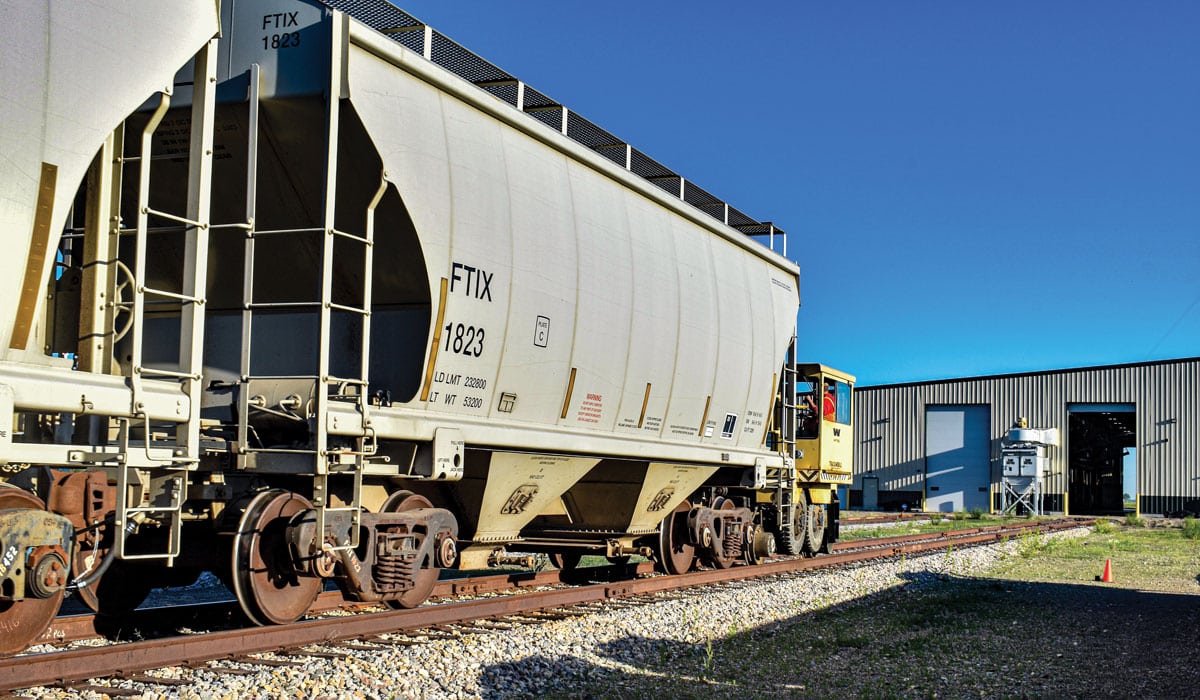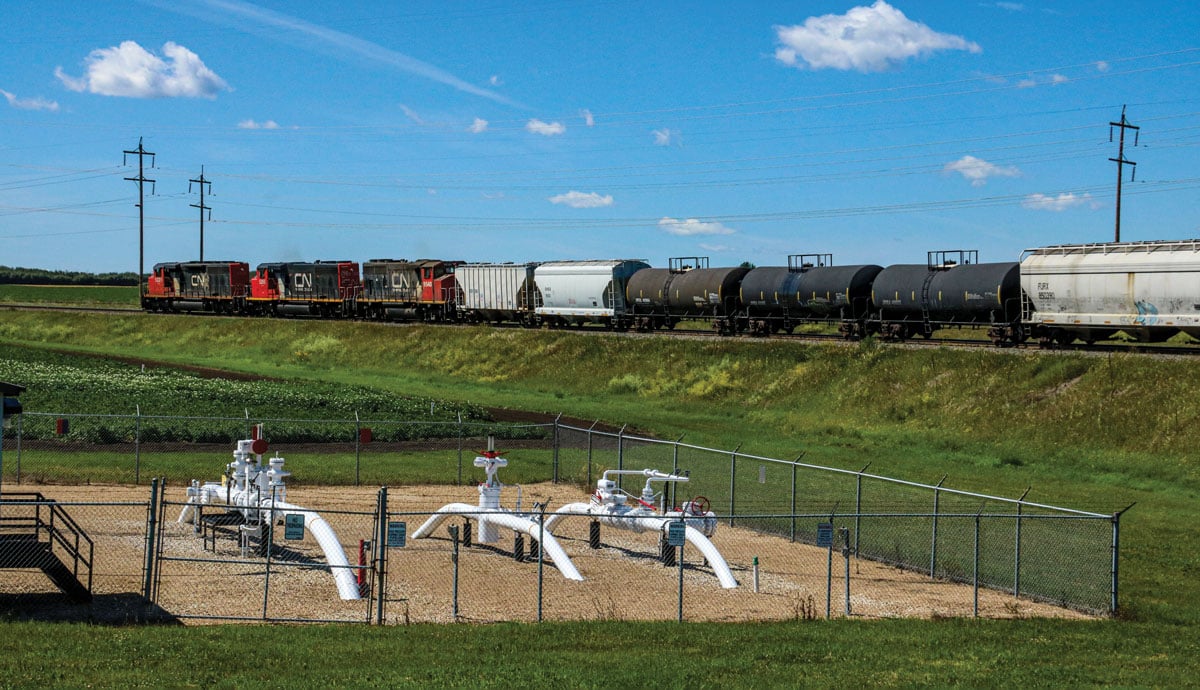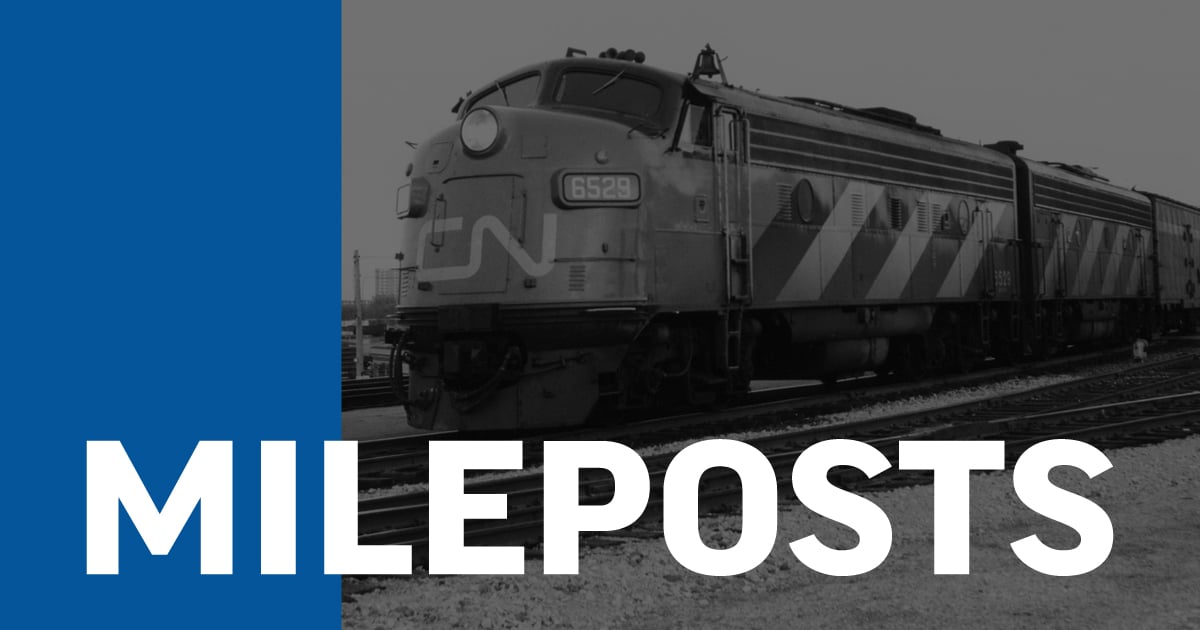
Mileposts: A History of Locomotives
Railroading has several critical components. Without track, signals, and right of way, we can’t connect cities and markets. Without freight cars, we can’t contain the goods. Without people operating trains and switching the yards and customer sidings, we don’t deliver the service. Good railroading is the efficient collectivization of all this effort and more – no matter how large or small the enterprise. Overarching this is the need to conduct it all safely.
To the public eye, the tracks running through towns or across the country, together with both freight and passenger equipment in their many varieties, are recognized symbols of our industry. However, it’s what’s at the front of the train that, in my view, is the signature element. The locomotive, adorned with the company’s name, livery, and number, has long been a source of pride for railroaders.
Steam locomotives, now a curiosity piece in a park, or perhaps much better if they are leading an excursion train or a class 1 special, led the way in the transformation of surface travel and improvements in moving people and goods. Prior to steam technology, the best we could do was using actual horse or oxen power – not ineffective for the day, but no match for railroads. Steam locomotives became the symbol of industrial power and might, and it’s no wonder that their existence not only made millionaires out of railroad stockholders, but became the subject of romance, poetry, and folk songs.
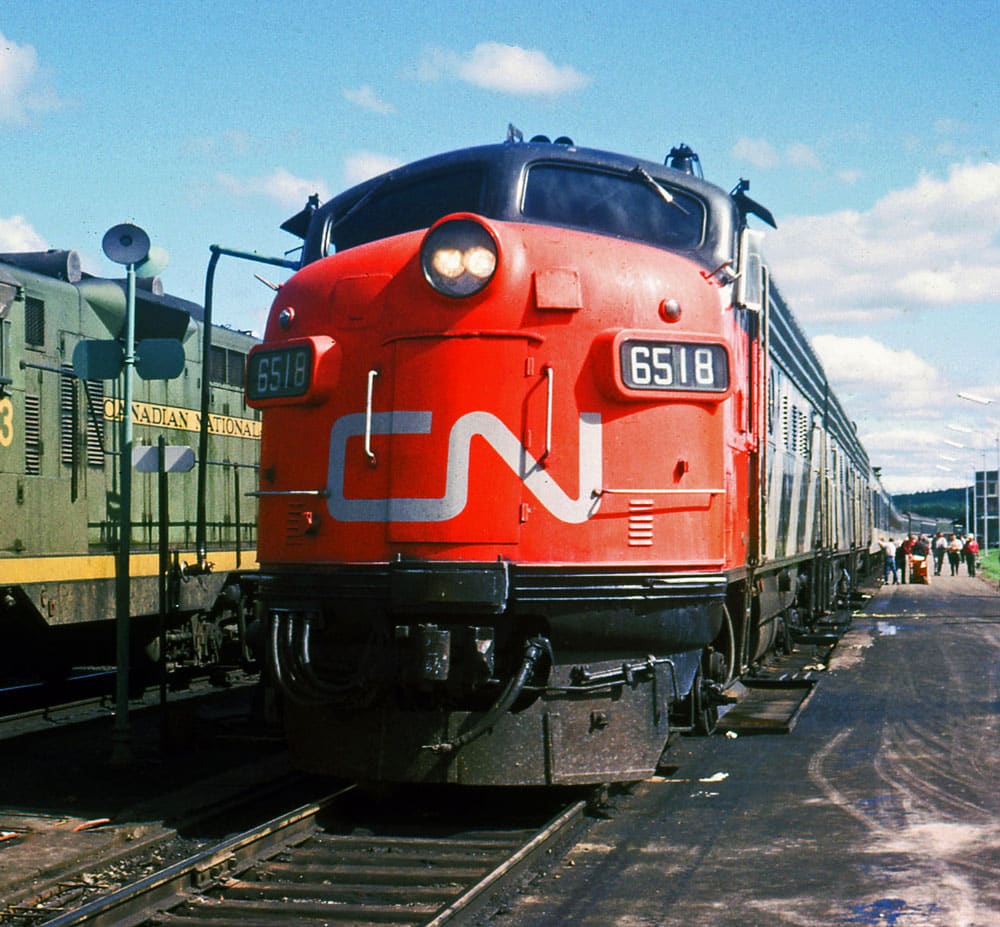
CN Train No. 1 – “The Super Continental” westbound led by FP9A 6518 pauses at Hornepayne, Ontario, in 1964.
– Photo by Ira silverman
I have been blessed to have ridden in the cab of a steam locomotive out on the main line as both an employee and a company officer. The captivating experience is like none other, and had I been born 70 years earlier I think I would have become a locomotive engineer. There is a unique challenge in the task that an engine crew had in getting thousands of tons of goods moving behind a boiler on wheels, in all types of conditions or weather. However, romance aside, I also fully understand why those old timers who loved steam were also the biggest proponents of diesels when they came into widespread use in the 1950s.
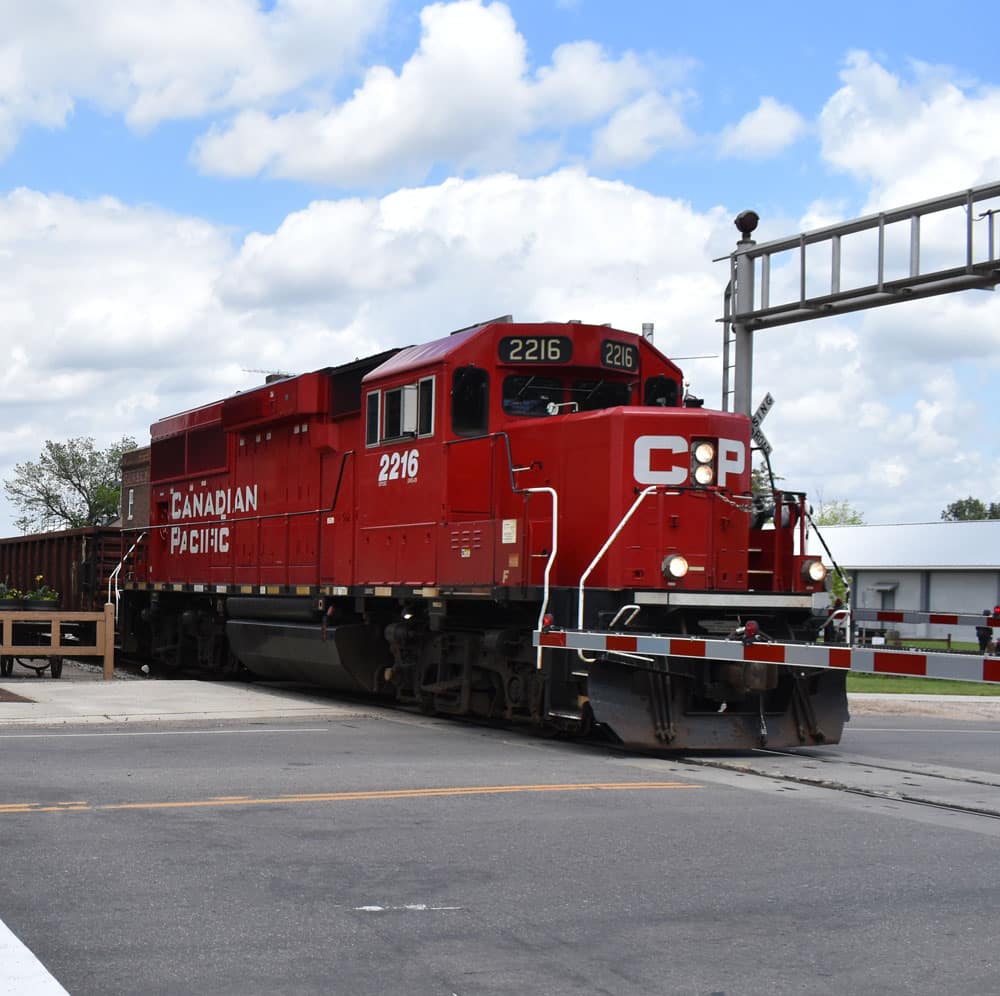
CP‘s newly rebuilt GP20C-ECO unit 2216, a completely rebuilt roadswitcher outshopped by the company in 2014, leading the Erskine Turn at Thief River Falls, June 2022.
As we look at the industry today, the advancement of the diesel locomotive has proven to be an interesting story of innovation and technological achievement. In this issue of the Railroader, our readers have learned that at NPR we continue to operate locomotives now over 70 years old – as do many short lines across North America. The reliability of the General Motors 16-cylinder prime mover, parts availability, and maintenance simplicity has kept the 1750 hp GP9 in service across several generations. This is a credit to the engineering and designers who created a general-purpose locomotive that, ironically, replaced steamers of a similar vintage when first placed in service. I wonder whether the original designers thought these units would be pulling freight seven decades later.
While the GP9 is a model some consider to be the ugly poster child for diesels, it is the famous “car body” version of this locomotive design that arguably is the most famous GM locomotive of all time. Perhaps not as popular with the train crews in freight service, the General Motors “F” unit was a classic locomotive that could be found at the head end of both passenger and freight trains from the mid-fifties to the early 1990s.
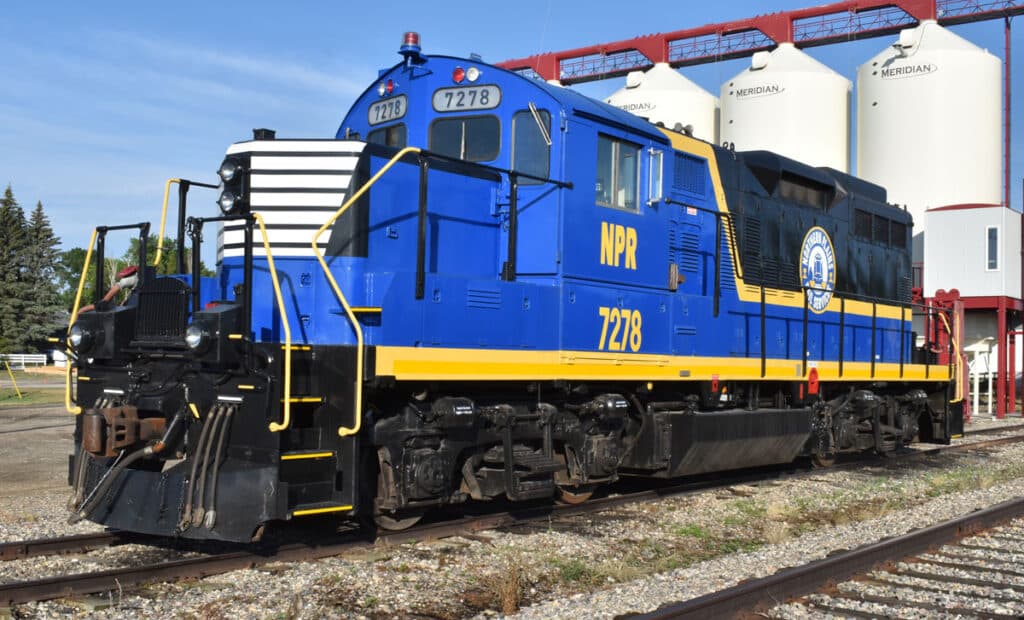
GP-9R, NPR 7278 poses at Manitou, MB, on the BTR, 2021.
Today, our friends at the Ontario Southland Railway have kept that tradition alive on their short line, where they continue to move freight every day with these beautiful machines. My good friend and long-time railroad colleague Grant Bailey summed it up best:
When I was growing up in Winnipeg during the 1960s, our family often took the Super Continental to Saskatoon to visit my grandparents. The Super generally left Winnipeg late in the evening for a morning arrival in Saskatoon. The route from our River Heights home to Union Station took us down Corydon Avenue to Osborne Street to Stradbrook Ave., then to Harkness St. onto River Ave. From River Ave., we would turn left onto Main Street where the old Fort Garry Curling Club was located across the street between the Assiniboine and Red rivers (in pre-Norwood Bridge days).
Just north of the Curling Club, there was a clear sightline of the south end of Union Station’s train shed. As we would drive to the station, the nighttime sight of the head end of the Super Continental protruding out from the train shed is a scene that is etched in my memory forever, particularly during winter months, when the lead locomotive would be surrounded by rising steam, headlight ablaze, ready to depart for the cold run across the Prairies. That modern white CN logo on the red background of the hood, the white slanted Zebra stripes on the black sides of those 6500 series FP9As, ready to power one of North America’s finest passenger trains, was a sight to behold, one that only added to my anticipation and excitement of the train trip ahead. It was the waning days of passenger rail travel, but CN, unlike other railways, tried to keep the train current and vital.
In mankind’s creation of moving machinery, there are certain profiles that best define the look of power, progress, speed, and elegance. The Douglas DC-3, the pre-war ocean liners, the Boeing 747, the 1965 Ford Mustang, and the EMD F series locomotives all take their rightful place on this list of timeless machinery.
There are now rebuilt road switchers in service across North America, efficient AC 4400 HP road freight units, and now even hydrogen-powered locomotives under test. Despite this, I wonder how many GP9s might still be in service 20 years from now. My guess is there will still be a sizeable number. As for those wonderful FP9As, chances are a few of those will be around too, like a vintage automobile their owners will not let go.


